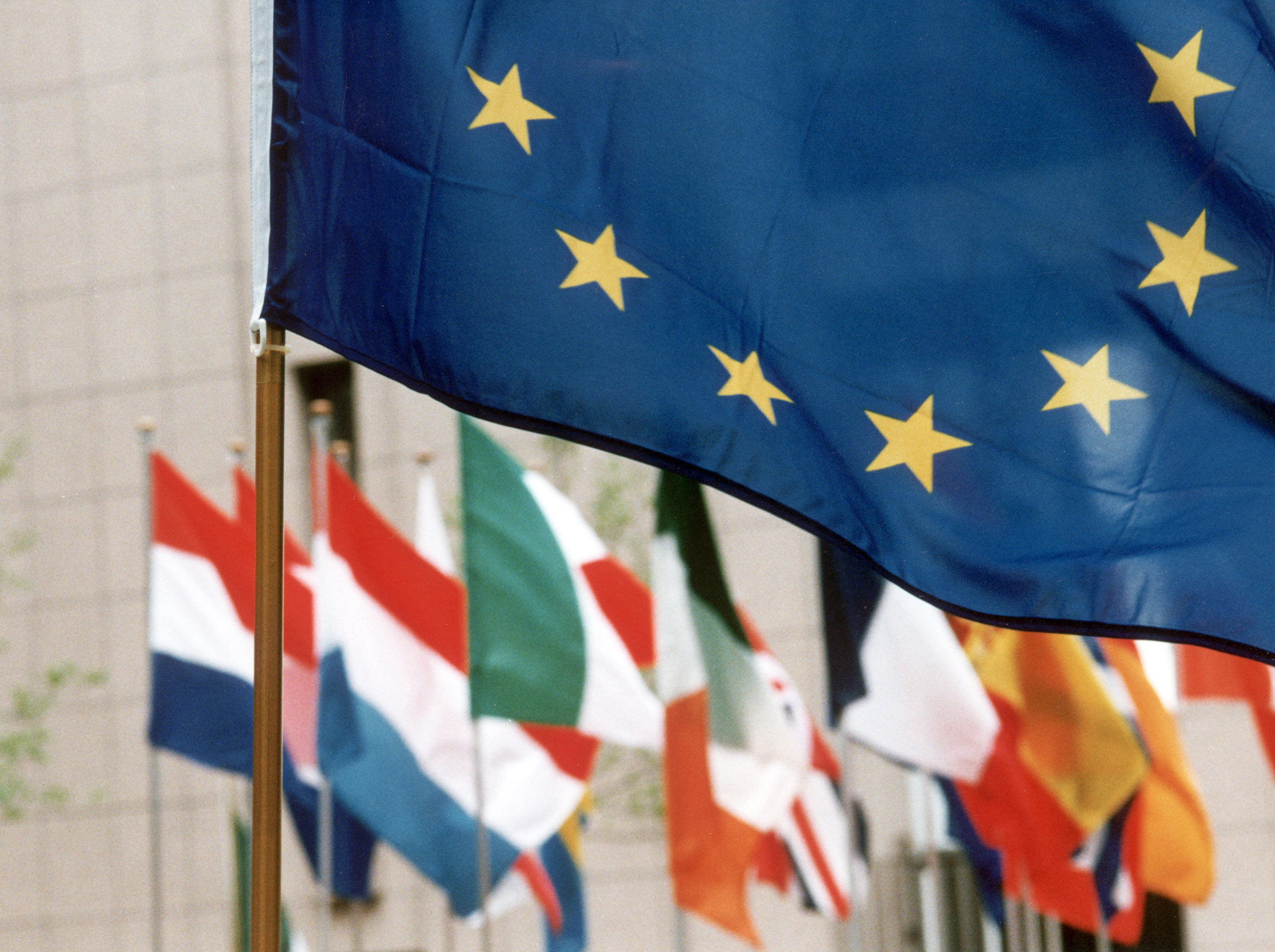The introduction of the EU’s Spitzenkandidaten procedure at the European elections in 2014 is still well remembered. For the first time, those who had run as top candidates in the European elections for their respective political party were accepted as nominees for the President of the European Commission by the European Parliament. Accordingly, the Spitzenkandidat of the party which came out first, Jean-Claude Juncker of the European People’s Party, was also nominated by the European Council and subsequently elected as President of the European Commission by a majority of Members of the European Parliament.
So far so good. However, nobody had counted on the gridlock that emerged in the aftermath of the European elections in 2019, which shifted the institutional balance in favour of the European Council. Neither the fragmented parliamentary groups in the European Parliament nor the EU’s Heads of State and Government in the European Council were able to agree on one of the Spitzenkandidaten. As a consequence, the EU’s member states unanimously nominated the former German Minister of Defence, Ursula von der Leyen, as a “compromise candidate”.
Despite the member states bypassing the procedure, the thwarted MEPs duly voted in von der Leyen as the first female President of the Commission. In order to calm things down, von der Leyen sought to reconnect with the European Parliament by explicitly emphasising there would be a retention and improvement of the Spitzenkandidaten procedure as well as the introduction of transnational electoral lists in her electoral speech in front of the European Parliament’s plenary.
Reviving the Spitzenkandidaten procedure
A year and a half later, in the middle of the Covid-19 pandemic, the inaugural plenary session of the EU’s much delayed Conference on the future of Europe was held in the European Parliament. The conference offers a welcome opportunity to bridge the diverging views within the EU regarding democracy, the EU’s legitimacy, and the efficiency of the EU’s decision-making processes. It also seems the right moment to take Ursula von der Leyen at her word, finally reform the EU’s electoral process, and resuscitate the Spitzenkandidaten procedure.
The main arguments for a renewed Spitzenkandidaten model are that it could increase the democratic legitimacy of the EU, provide better visibility for candidates and their European parties, and strengthen the voices of voters across Europe. Spitzenkandidaten canvass for voters transnationally and might therefore help to create a European public sphere as well as a European electorate. The chances are it would upgrade the democratic quality of elections to the European Parliament. The Spitzenkandidaten procedure also adds greater transparency to the appointment of the President of the European Commission. If properly implemented, it would ensure that the appointment process is no longer viewed as horse-trading between the member states for political offices behind closed doors.
On the other hand, opponents of the Spitzenkandidaten procedure point to its failure in the context of the European elections in 2019. The promise that the procedure would make the EU more democratic and bring citizens closer to the EU’s institutions has so far failed to materialise. One particular source of criticism of the procedure is that it is based on an erroneous interpretation of the value of parliamentarism in the EU, which can hardly be compared to national parliamentary systems. This means that some observers view any reform that ties the European Commission more directly to the balance of power in the European Parliament as a step in the wrong direction.
But despite its failure to lead the way to the nomination of the President of the European Commission in 2019, the Spitzenkandidaten procedure must not be abandoned. The main idea behind it – linking the European elections to the Presidency of the European Commission and its political agenda – is not only urgently needed, but also one of the most forward-thinking reforms that has been implemented at the EU level in recent years.
Transnational electoral lists should also be a key element of future electoral reform. They would go some way toward putting the Spitzenkandidaten procedure on a firmer footing. They have so far failed to attract sufficient support to be implemented, but there is now a window of opportunity to reassess their merits. It is time to seriously discuss these ideas and establish a majority that is open to compromise before the next European elections in 2024. Exchanging views is an important democratic exercise, but sooner or later these words must be transformed into concrete actions.
For more information, see the author’s accompanying policy brief






